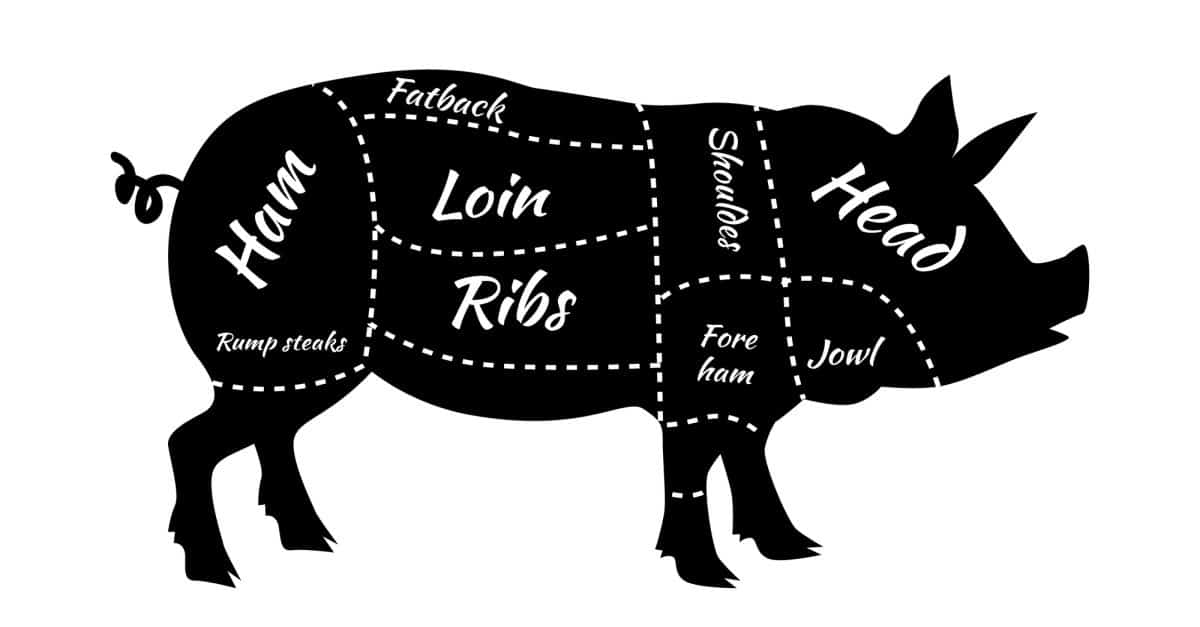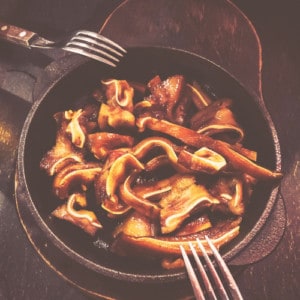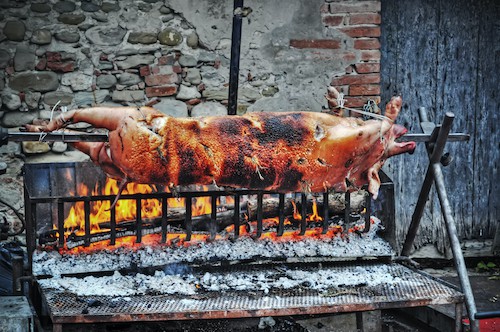Nose to Tail: The New Zero Waste Cooking Trend

Getting tired of high prices for meat? Feeling adventurous and looking to expand your menu? You may want to look into one of the Fortunately, nose to tail eating can be a great way to try inventive dishes and eat sustainably!
Farm-to-table eating and local ingredients might be a popular idea these days. But few concepts emphasize the practice of sustainability quite like nose to tail. In fact, while this is an ancient art, it was popularized in 2004 by the London restaurateur Fergus Henderson. If you’re looking for ways to minimize waste and amp up your plate, it’s the perfect trend to try!
What Is Nose to Tail Cooking?
In recent years, local foods and seasonal menus have become more popular to make eating sustainable. And, while many have heard of farm-to-table eating, the nose to tail approach is much less familiar. It’s much like what it sounds in that it uses the entire animal, leaving as little as possible unused.
For some, nose to tail can be an adventurous endeavor that can bring out the creativity in cooking. However, it can also function to get to know your food and truly appreciate it. The average person may not be able to prioritize this type of eating daily, especially if you have picky eaters. But, for those who raise animals or work in the food industry, or even if you're committed to sustainability and thrifty living, it can be a worthwhile endeavor!

Crunchy Buffalo Pig’s Ears
Ingredients
- 1-½ lbs pig ears (local farm raised, organic, and grass-fed preferred) about 5 or 6
- 2 whole garlic cloves peeled
- 1 tsp dried thyme
- 1 tsp pepper or black peppercorns
- water
- oil for deep frying
- 1/2-1 cup buffalo sauce
- bleu cheese dressing
Instructions
Crunchy Buffalo Pig’s Ears
- Wash pig ears thoroughly and scrape off any hair, if you need to.
- Place pig ears in a large pot and with the garlic, thyme, and peppercorns. Fill pot with water until all the ears are covered. Bring to a boil, then reduce heat to a simmer. Cover pot with a lid and simmer until ears are tender, which should be about 3 hours. Check the pot occasionally to make sure the ears are always completely covered by water while they cook.
- Remove the ears and place cooling rack– save the stock for a later use. Once cool, dry the ears and place in covered container and refrigerate overnight.
- When ready for frying fill a large pot with 3-4 inches of oil and heat over medium-high heat to 350F degrees. While the oil is heating, take the ears and pat dry with paper towels (if necessary), and cut into ¼” strips. Fry strips in batches for 2-3 minutes, until crispy and golden brown. Remove to a cooling rack or paper towels to drain.
- Place all the strips in a bowl and toss with the buffalo sauce. Serve immediately with your favorite blue cheese dressing!
Nutrition
What Are the Benefits of Nose to Tail Eating?
The nose to tail diet might sound like a challenge. However, there are plenty of benefits that can go along with using everything from snout to tongue and organs! Share your ideas for this cooking style with others on your favorite family app.
- Lowering Foods Costs – With the cost of food on the rise, it’s no surprise that trends like this one are heating up. In fact, buying the entire animal means that you’ll have access to the best parts for less money. You’ll also be able to come up with creative things to do with the rest!
- Nutritional Benefits – If you’re planning on using more than just meat, you can look forward to a wide range of nutrients. For example, bone broth made using beef bones has 8 times the protein of traditional broth. Share your ideas with other chefs on FamilyApp!
- Less Food Waste – There is such a large volume of food thrown out each day that being smarter about how you use your ingredients can be beneficial. Since you’ll be using every bit, nose to tail food means that you don’t have to feel bad about the waste. It means you'll be throwing a lot less into the garbage every da

What Are Some Tips for Adopting This Practice?
If you’re interested in participating in the nose to tail way of eating, there are a few ways to begin. Instead of diving in, be sure you’re doing it right to get the most out of this practice
- Start Small – Thinking about using up all the parts of an animal can be overwhelming at first. To start, begin with the tongue or cheek so that you can work your way up to using the whole animal. This will get you started in adopting the practice!
- Talk with the Experts – It can be hard to come up with a dish since recipes are oriented towards an animal’s most popular parts. Luckily, talking with local chefs and farmers can give you some expert insights into what ingredients will complement each other. You may even want to share your finds with others on your favorite family app!
- Follow the Principles – Minimizing food waste is an important part of the philosophy of nose to tail recipes. And, that means taking it a step further when you purchase your animal. Ensure your animals are organic and 100% grass-fed so you get the true nutritional benefits of this eating style.
With going green becoming an important cultural issue, it’s easy to forget about what goes on with our plate. But, food waste is a big thing and sustainable eating practices can make a difference. Have you tried any recipes that use not only the meat but literally the nose or tail of a pig? Share them with us in our comments!





